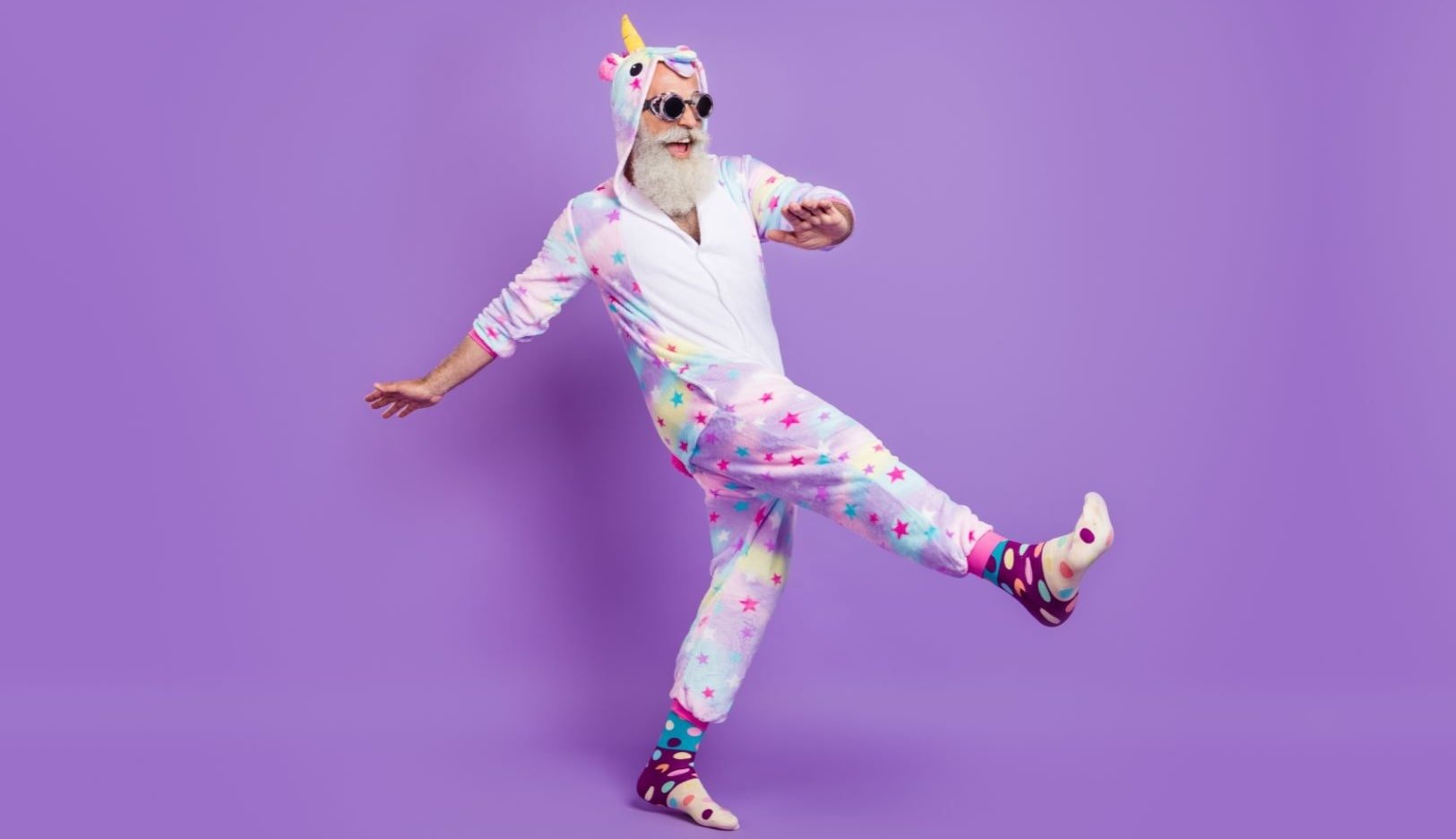how to find your brand personality and make it work for you
What is brand personality?
Brand personality is the set of human-like traits and characteristics associated with your brand. Just as individuals have distinct personalities, brands can embody specific traits that make them stand out. A strong brand personality helps businesses connect with their audience on a deeper level, making them more relatable and memorable.
For example, Apple is often associated with innovation and sophistication, while Innocent Drinks exudes a playful and friendly vibe. Your brand personality should reflect your business values and resonate with your target audience.
How to discover your brand personality
Define your core values & mission
Your brand’s foundation starts with its purpose and beliefs. Ask yourself:
What does your brand stand for?
What values drive your business decisions?
What impact do you want to have on your customers?
Understand Your Target Audience
Your brand personality should align with the expectations and preferences of your ideal customers. Consider:
Who are your customers, and what do they care about?
What kind of brands do they engage with?
What emotions do you want them to associate with your brand?
Develop a brand persona that feels human
Instead of focusing on abstract categories, imagine your brand as a person. If it walked into a room, how would it behave? What would it wear? What would it say? Creating a human-like persona makes your brand more relatable and emotionally engaging.
Here are some example brand personas:
The Playful Creative – Fun, witty, a bit cheeky (e.g. Innocent Drinks)
The Sophisticated Trendsetter – Polished, aspirational, high-end (e.g. Chanel)
The Reliable Professional – Stable, trustworthy, serious-minded (e.g. Barclays)
The Bold Adventurer – Daring, energetic, loves pushing boundaries (e.g. Red Bull)
The Conscious Caregiver – Compassionate, sustainable, purpose-driven (e.g. Patagonia)
By defining your brand as a “person,” you can make more consistent decisions across tone of voice, visual identity, and customer experience. It becomes easier to ask: Would our brand persona do or say this?
Analyse your competitors
Understanding how competitors position themselves can help you carve out a unique identity. Look at:
What brand personalities are they portraying?
How can you differentiate yourself?
What gaps exist in your industry that you can fill?
Use a brand personality framework to develop your brand voice & visual identity
Brand expert Jennifer Aaker developed a widely used Brand Personality Framework (introduced in her 1997 paper "Dimensions of Brand Personality”) that categorises brands into five personality types:
1. Sincerity (honest, wholesome, caring) – e.g. Dove
Visual Identity: Soft colours (e.g. white, pastels), simple and clean design
Tone of Voice: Warm, empathetic, supportive ("You are more beautiful than you think")
Advertising: Real people, authentic stories, focus on inner beauty and self-esteem
Packaging: Minimalistic, gentle curves, emphasises purity and care
2. Excitement (energetic, spirited, playful) – e.g. Lego
Visual Identity: Bright primary colours (red, yellow, blue), bold and blocky design
Tone of Voice: Energetic, fun, imaginative ("Rebuild the world")
Advertising: Creative storytelling, adventures built from Lego bricks, often co-branded with exciting franchises (e.g., Star Wars, Marvel)
Packaging: Colorful boxes with dynamic images of possible builds, stimulating imagination and creativity
3. Competence (reliable, intelligent, efficient) – e.g. IBM
Visual Identity: Conservative colours (blue, grey), clean and professional design
Tone of Voice: Authoritative, precise, knowledgeable ("Solutions for a smarter planet")
Advertising: Focus on data, innovation, case studies showing real-world impact
Packaging: Sleek, modern, highly functional (in tech materials and presentations)
4. Sophistication (glamorous, refined, luxurious) – e.g. Chanel
Visual Identity: Black and white palette, elegant typography, high-end imagery
Tone of Voice: Poised, confident, aspirational ("The essence of luxury")
Advertising: Celebrity endorsements, cinematic storytelling, fashion-forward visuals
Packaging: Iconic, minimalist yet luxurious (e.g., Chanel No. 5 bottle)
5. Ruggedness (tough, outdoorsy, strong) – e.g. Patagonia
Visual Identity: Earth tones, natural textures, rugged design
Tone of Voice: Gritty, authentic, mission-driven ("We're in business to save our home planet")
Advertising: Real adventurers, environmental activism, raw outdoor settings
Packaging: Recycled materials, practical and durable design
Top Tip: Identify which of these best represents your brand, then ensure that your brand reflects it at every touch point of the customer journey. This isn’t just the language you use but is in every element of design (use the above examples to help steer you).
Test, refine & stay consistent
Once you’ve defined your brand personality, put it to the test:
Gather feedback from customers and stakeholders.
Ensure your messaging, marketing materials, and customer interactions align with your personality.
Be consistent across all touch points – from social media to your website and customer service.
Final thoughts
Defining your brand personality isn’t just about choosing a few adjectives; it’s about creating a lasting impression that resonates with your audience. A strong brand personality helps build trust, differentiate you from competitors, and foster long-term customer relationships.
If you’re unsure where to start, think about how you want people to feel when they engage with your brand – and build from there.






